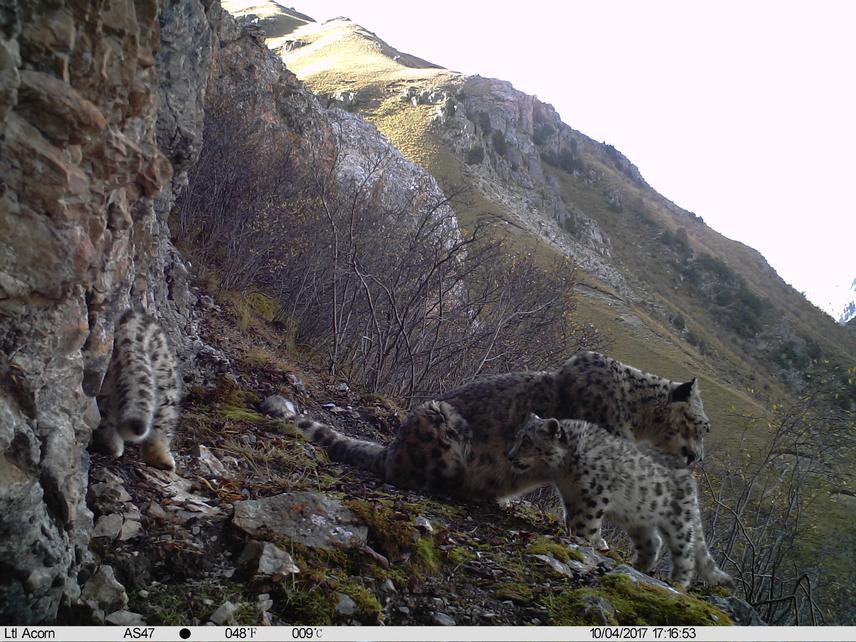Mingyu Liu
Other projects
23 Mar 2016
Interaction between Free-Ranging Dogs and Snow Leopard in Tibetan Plateau, China
Our previous research showed that free-ranging dogs and snow leopards share habitat and have high overlap in home range and activity pattern. The density of dogs was much higher than snow leopards. We want to further understand the impacts of dogs on the distribution of snow leopards, assess if the sterilization of dogs could mitigate impacts, and finally increase the awareness of local communities on this issue through a documentary and brochures.

Increased free-ranging dogs on the Tibetan Plateau may become an emerging threat to native wildlife including the endangered snow leopards, which is the top predator of highland ecosystem. In our research site, the Sanjiangyuan (three-river source) region, there are more free-ranging dogs due to fluctuation of dog market. Few years ago, when the mastiff market was high, many mastiffs were raised. Then the price went down and breeders could not afford feeding them anymore, so a lot of mastiffs were abandoned.
Because monks often offer food and shelters to the dogs and other animals, the abandoned dogs tend to gather around monasteries, which are usually located in snow leopard habitats. In recent years, local people have observed incidents of dogs in packs attacking snow leopard and other wildlife frequently, and sometimes even domestic animals and people.
However, the actual impact of these free-ranging dogs on snow leopards and other native species is unknown. Moreover, local communities believe in Tibetan Buddhism and have strong resentment against harming lives. In this case, culling, the most widely used solution for free-ranging animals, is not acceptable.
This project plans to understand the impact of free-ranging dogs on snow leopards and wild carnivores around monasteries in Sanjiangyuan region. We will put collars on free-ranging dogs to assess their distribution patterns, apply photo recapture to study the population dynamics of dog packs around monasteries, set camera traps to reveal the activity patterns and distribution of dogs, snow leopards and other local wildlife, and collect scat samples of dogs and snow leopards for diet analysis.
Besides, we will also give out questionnaires, through the results of which we will identify feasible and optimal solutions to deal with this potential problem by working with communities. Awareness on the dog issue and capacity of handling the issue of both communities and local governments will be promoted.